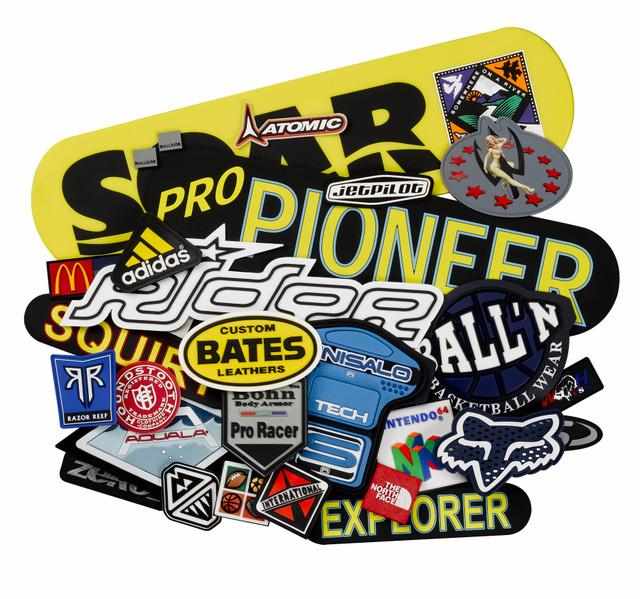
Custom patches have become a part of fabrics, be it from branding, personal expression, or decoration. They can have different materials, such as PVC, embroidery, and woven fabric, each imbuing a different flavor for clothing. However, all these require proper care, especially to maintain quality. Improper handling or cleaning can cause custom rubber Velcro patches to fade, peel, or lose their original vibrancy over time. In this article, we provide practical tips to help you maintain custom patches for apparel for the long haul.
So, watch out and take care of your custom TPU patches.
Understanding Custom Patches and Their Materials
Before diving into maintenance tips, it's crucial to understand the type of patch you have and its material. Custom patches can be broadly categorized into:
Embroidered Patches: These patches are textured and classic because they are made from thread.
PVC Patches: The patches are made of rubber-like materials and are, therefore, durable, waterproof, and modern.
Woven Patches: These are very much like embroidered patches except that they have a smoother finish and finer details.
Heat-Pressed Patches are Applied to fabric using heat and glue, these are usually smooth and flat.
Velcro Patches Detachable, often used in military or outdoor gear.
Every patch is unique, with specific needs for maintenance. Let's now discuss general and specific tips to make them remain new.
General Tips for Caring for Custom Patches
1. Be delicate
Do not pull out or tug on the custom rubber Velcro patches, especially if sewn or attached with Velcro, as this might lose the threads or destroy the glue.
Always observe the given care instructions from the manufacturer to avoid early wear and tear.
2. Hand-Wash Gently
Wash the garment inside out with patches inside to minimize friction on the surface of the patch.
Gentle cycle in cold water in a washing machine, as this will not weaken or cause fading on the adhesive.
Do not wash patches with heavy, abrasive items like denim and zippers, which might cause physical damage.
3. Air Dry When Possible
Air dry the garment after washing, rather than using a dryer. High heat can cause adhesive patches to peel or warp and can distort PVC patches.
For embroidered or woven patches, laying the garment flat prevents unnecessary strain on stitching.
4. Avoid direct heat
Heat can also be quite damaging to the custom patches for apparel, especially heat pressed and PVC ones. Keep these patches away from direct sun for a long time as these can fade and crack quickly.
When ironing, avoid direct contact with patches. Instead, place a cloth or parchment paper over the patch to shield it from direct heat.
5. Store Properly
Store patched clothing in a cool, dry place to prevent damage from humidity or mildew.
Fold garments carefully, ensuring that patches are not creased or crushed.
Common Mistakes to Avoid
Skipping Pre-Wash Checks: Check custom rubber Velcro patches for loose threads or weak adhesive before washing to catch problems early.
Using Harsh Chemicals: Bleach and harsh detergents can fade or degrade patches, especially woven and embroidered ones.
Overheating: Avoid tumbler drying patched garments on high heat or ironing directly over patches.
Rough Storage: Do not jam patched garments into tight spaces, as this can bend or warp patches.
When to Repair or Replace Custom Patches
Even with proper care, custom patches for apparel eventually wear out. Here is how to decide whether to repair or replace:
Repair: Minor problems such as loose threads or peeling edges can often be repaired with sewing or adhesive glue. Reinforcing patches early in their life can extend their lifespan.
Replace: If the patch design fades beyond recognition or is heavily damaged, it's time to replace it with a fresh one. Modern printing and embroidery techniques make it easy to recreate designs.
Professional Care for Custom Patches
If your patches are highly intricate or valuable, consider professional care:
Dry Cleaning: For delicate garments, dry cleaning can prevent damage to patches while ensuring the fabric stays clean.
Patch Specialists: Some tailors and apparel repair shops specialize in fixing or reapplying custom patches.
Ending Thoughts!
Custom TPU patches add a unique touch but maintaining their quality requires attention and care. With a little effort, your custom patches can continue to enhance your apparel and make lasting impressions. Get in touch with Pacific Emblem and get your patches now!






Write a comment ...